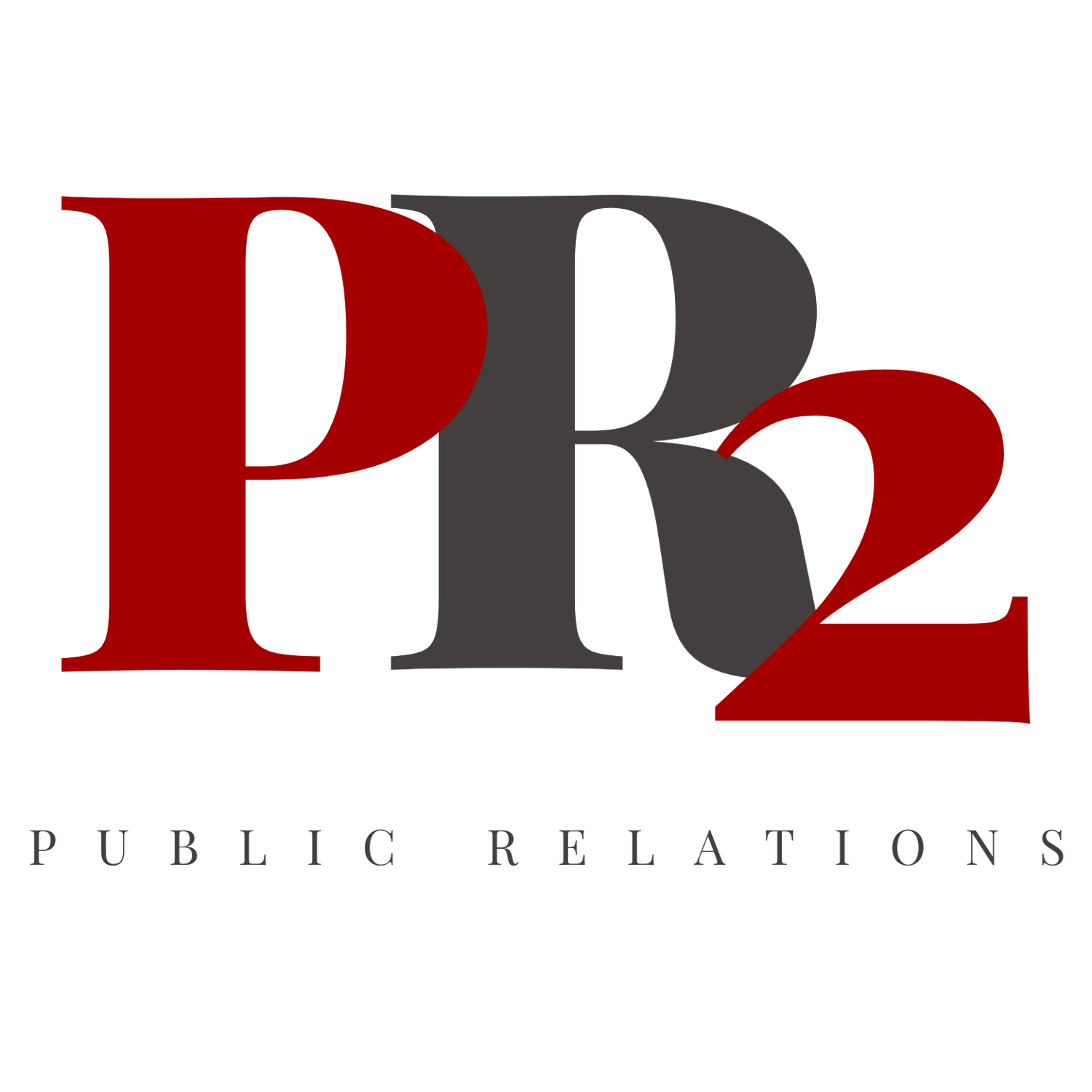Mastering Media Outreach: A Comprehensive Guide for PR Excellence
In the realm of public relations, effective media outreach stands as a cornerstone for building brand visibility, fostering relationships with journalists, and securing impactful media coverage. For executives aiming to navigate the intricate landscape of media engagement, this comprehensive guide serves as an invaluable resource. From understanding the dynamics of media relationships to crafting compelling pitches and leveraging digital tools, the insights and expert advice provided herein aim to equip executives with the knowledge needed to master the art of media outreach.
Understanding the Essence of Media Outreach
1. The Strategic Imperative of Media Relations:
Media outreach is not merely a transactional endeavor; it is a strategic process that involves building long-term relationships with journalists and media outlets. Executives should approach media relations as a collaborative effort to communicate their brand message effectively.
2. Navigating the Media Landscape:
Executives must have a nuanced understanding of the media landscape, encompassing traditional outlets, digital platforms, and niche publications. Familiarity with the preferences, interests, and editorial calendars of various media channels is crucial for targeted and impactful outreach.
Building and Nurturing Relationships with Journalists
3. Cultivating Authentic Connections:
Successful media outreach is rooted in authenticity. Executives should focus on cultivating genuine connections with journalists, demonstrating a commitment to providing valuable and newsworthy content. Building trust is foundational to establishing fruitful relationships.
4. Personalized Interactions:
Generic pitches rarely capture the attention of journalists. Executives should invest time in personalizing their interactions with media professionals. Tailoring pitches based on a journalist's beat, interests, and previous work fosters a sense of respect and consideration.
5. Networking Beyond Pitches:
Media relationships extend beyond pitch emails. Executives should actively engage in networking opportunities, attend industry events, and connect with journalists on social media. Building rapport in non-transactional settings contributes to a robust media network.
Crafting Compelling Pitches for Media Success
6. Understanding Newsworthiness:
Executives must discern what makes a story newsworthy. Whether it's timely, relevant, or has a unique angle, understanding the criteria for newsworthiness guides the creation of pitches that resonate with journalists and their audiences.
7. Crafting Irresistible Headlines:
The headline is the gateway to a successful pitch. Executives should invest time in crafting headlines that are attention-grabbing, concise, and convey the essence of the story. A compelling headline encourages journalists to delve into the details.
8. Incorporating Story Angles:
Story angles provide a narrative hook that captivates journalists. Executives should carefully consider the angles of their pitches, emphasizing unique aspects, human interest elements, or connections to broader trends. A well-defined story angle enhances the pitch's appeal.
Tailoring Pitches for Different Media Outlets
9. Customizing for Print and Online Publications:
Different media outlets have distinct preferences and requirements. Executives should customize their pitches for print and online publications, considering factors such as word count, visual elements, and multimedia content. Adapting to specific formats increases the chances of media coverage.
10. Understanding Broadcast Requirements:
For broadcast media, executives should be mindful of visual and auditory elements. Including compelling visuals, expert interviews, or video content enhances the appeal of pitches for television and online video platforms.
Leveraging Digital Tools for Enhanced Outreach
11. Media Database Platforms:
Utilizing media database platforms streamlines the outreach process. Executives should leverage these tools to access comprehensive lists of journalists, their beats, and contact information. This enables targeted and efficient outreach.
12. Social Media Listening:
Social media platforms are valuable tools for media outreach. Executives should engage in social media listening, monitoring relevant hashtags, and participating in industry conversations. Proactive engagement on social media builds visibility and connections.
Navigating Follow-Up Etiquette
13. Strategic Follow-Up Timing:
Follow-up emails play a crucial role in media outreach. Executives should adopt a strategic approach to follow-up timing, avoiding excessive persistence while ensuring journalists have adequate time to review pitches. A well-timed follow-up can reignite interest.
14. Providing Additional Resources:
In follow-up communications, executives should offer additional resources that enhance the journalist's understanding of the story. This may include high-resolution images, expert quotes, or access to relevant data. Providing comprehensive resources showcases commitment and professionalism.
Crafting a Compelling Media Kit
15. Essential Components of a Media Kit:
A well-prepared media kit is a valuable asset for media outreach. Executives should ensure their media kit includes essential components such as a press release, high-quality images, background information, and relevant contact details. A comprehensive media kit facilitates efficient access to key information.
16. Multimedia Elements for Impact:
Enhancing media kits with multimedia elements elevates their impact. Executives should incorporate engaging visuals, infographics, and video content that complement the written materials. Multimedia elements make the media kit more appealing and shareable.
Measuring Media Outreach Success
17. Media Coverage and Mentions:
Quantifying the success of media outreach involves tracking media coverage and mentions. Executives should use media monitoring tools to measure the reach, sentiment, and frequency of their brand in various media outlets.
18. Engagement Metrics:
Beyond coverage, executives should gauge audience engagement metrics. Tracking social media interactions, comments, and website visits resulting from media coverage provides insights into the impact on the broader audience.
Real-World Examples of Successful Media Outreach
19. Airbnb's Creative Story Pitches:
Airbnb has been known for its creative and unconventional story pitches that capture media attention. From unique hosting experiences to noteworthy stays, Airbnb's approach demonstrates the power of storytelling and angles in media outreach.
20. SpaceX's Strategic Media Events:
SpaceX, under the leadership of Elon Musk, strategically uses media events to generate coverage. High-profile rocket launches, groundbreaking achievements, and live-streamed events contribute to extensive media coverage. The combination of innovation and strategic communication contributes to media outreach success.
Embracing Emerging Trends in Media Relations
21. Podcast Partnerships:
The rise of podcasts presents new opportunities for media outreach. Executives should explore podcast partnerships, offering expertise or engaging in sponsored content. Podcasts provide a platform for in-depth discussions and storytelling.
22. Virtual Press Conferences and Events:
In a digital era, virtual press conferences and events offer flexibility and accessibility. Executives should consider hosting virtual events that connect with journalists globally, facilitating interactions and media coverage.
Conclusion: Elevating Your Brand Through Strategic Media Outreach
In the ever-evolving landscape of public relations, mastering the art of media outreach is a dynamic endeavor that requires a strategic mindset, adaptability, and a commitment to building meaningful relationships. Executives who navigate the intricacies of media engagement, from crafting compelling pitches to leveraging digital tools and measuring success, position themselves at the forefront of PR excellence.
As executives embrace the principles outlined in this guide, they embark on a journey that transcends traditional outreach. It is a journey of building bridges with the media, shaping narratives that resonate with audiences, and fostering a positive brand image. The ability to master media outreach is a potent tool that executives can wield to navigate the evolving media landscape and establish their brand as a trusted and authoritative voice in the industry.


